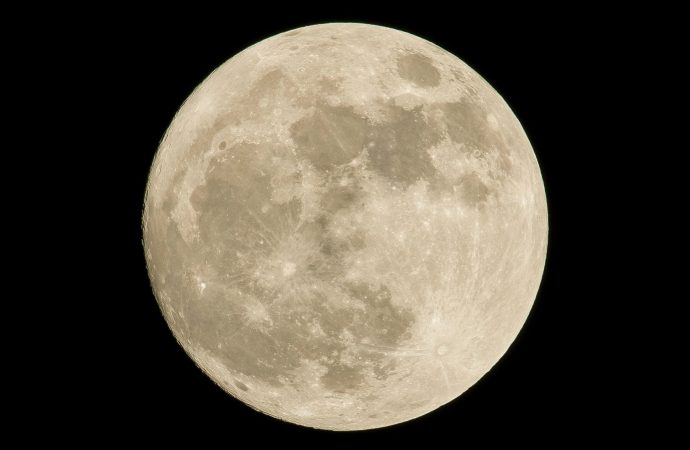Introduction: When we think about the Moon, we often picture its serene beauty and the iconic image of astronauts bounding across its surface. But have you ever wondered how the force of gravity on the Moon compares to that of Earth? In this article, we delve into the fascinating topic of lunar gravity, exploring its
Introduction:
When we think about the Moon, we often picture its serene beauty and the iconic image of astronauts bounding across its surface. But have you ever wondered how the force of gravity on the Moon compares to that of Earth? In this article, we delve into the fascinating topic of lunar gravity, exploring its measurements, effects, and the implications for future space exploration.
Understanding Lunar Gravity:
The force of gravity is a fundamental aspect of any celestial body, shaping its environment and affecting the behavior of objects and organisms within it. On Earth, we are accustomed to experiencing a gravitational pull of approximately 9.8 meters per second squared (m/s²). However, the Moon, with its smaller mass, has a significantly weaker gravitational force.
Measuring Lunar Gravity:
Early missions, such as the Apollo program in the 1960s and 1970s, provided valuable data on the Moon’s gravity. Astronauts conducted experiments, including dropping objects and measuring their fall, to calculate the acceleration due to gravity on the lunar surface. The average measurement obtained was around 1.6 m/s², which is approximately one-sixth of Earth’s gravity.
Effects of Lunar Gravity:
The lower gravity on the Moon has several notable effects. Astronauts experience a sense of lightness and ease in their movements, as their bodies weigh only a fraction of what they do on Earth. This reduced gravitational force also affects the behavior of objects, leading to slower falls and higher jumps. The dynamics of walking, running, and handling equipment differ significantly from those on our home planet.
Implications for Space Exploration:
Understanding lunar gravity is crucial for planning future space missions, particularly those involving extended stays on the Moon or other celestial bodies. The unique environment of the Moon necessitates special considerations for designing spacesuits, equipment, and habitats. Scientists and engineers work to develop technologies that optimize mobility and ensure the well-being of astronauts in low-gravity environments.
Scientific Research on Lunar Gravity:
Beyond its practical implications, the study of lunar gravity offers insights into planetary formation and the evolution of celestial bodies. By comparing the gravitational forces of different worlds, scientists gain a deeper understanding of how they formed and how their internal structures developed over time. This research contributes to our broader knowledge of the solar system and the universe.
The Moon as a Research Platform:
The Moon’s distinctive gravity also makes it an appealing platform for scientific research. By conducting experiments and observations on the lunar surface, scientists can explore various phenomena, including the behavior of liquids, the dynamics of dust particles, and the effects of reduced gravity on plant growth. Such research not only expands our understanding of the Moon but also provides valuable insights for future space exploration.
Challenges and Opportunities:
While the lower gravity on the Moon presents exciting possibilities, it also poses challenges. The human body is adapted to Earth’s gravity, and prolonged exposure to reduced gravity can lead to physical changes and health issues. Understanding these effects is crucial for ensuring the well-being of astronauts on long-duration space missions, such as those planned for lunar habitats or potential future missions to Mars.
Conclusion:
Lunar gravity, with its distinct measurements and effects, continues to captivate scientists and space enthusiasts alike. By unraveling the mysteries of lunar gravity, we gain valuable knowledge that informs our understanding of the Moon, shapes space exploration endeavors, and provides insights into the broader field of planetary science. As we venture further into the cosmos, the exploration of gravity on other worlds remains an exciting frontier, promising new discoveries and expanding our understanding of the universe.

















Leave a Comment
Your email address will not be published. Required fields are marked with *